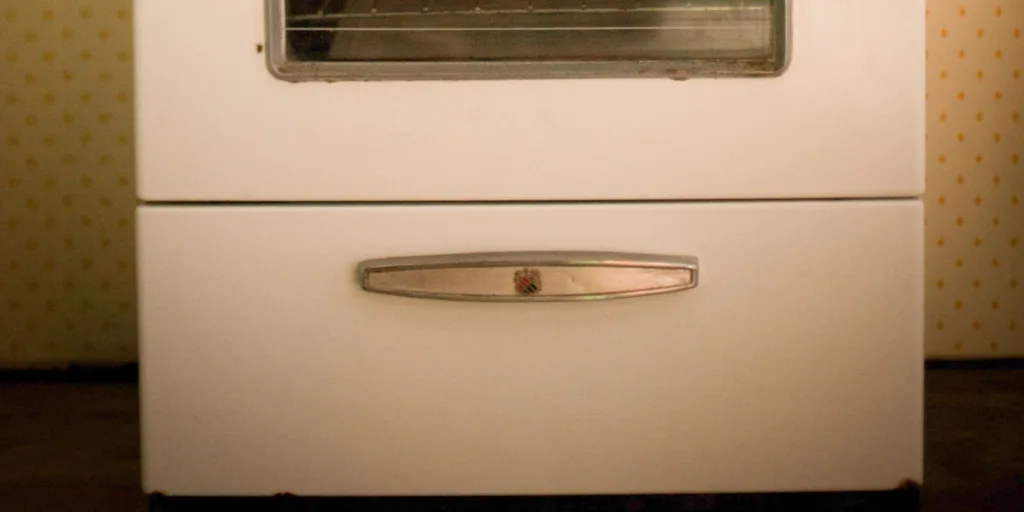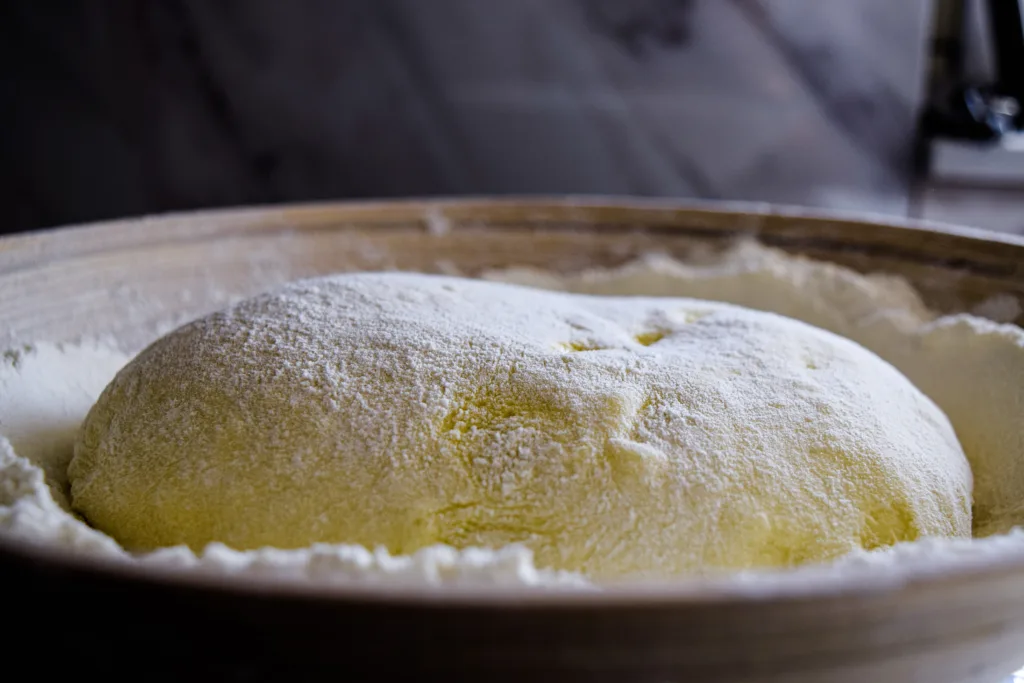A proofing drawer, also known as a proving drawer or a dough proofer, is an essential component for any serious baker. It is a specialized appliance designed to help dough rise properly, which is a crucial step in the baking process. In this article, we will discuss the importance of a proofing drawer, how it works, and the benefits of using one.
Proper proofing is a critical step in the baking process, and it can make the difference beween a mediocre loaf of bread and a perfect one. The proofing process allows the dough to rise, develop flavor, and create the airy texture that we associate with baked goods. It is important to note that proofing is not the same as fermentation – fermentation occurs when yeast or bacteria consume sugars in the dough and produce carbon dioxide, which causes the dough to rise. Proofing, on the other hand, is the process of allowing the dough to rest and rise after it has been kneaded and shaped.
A proofing drawer is designed to provide a warm, humid environment that is ideal for proofing dough. The temperature range of a proofing drawer typically falls between 70-115°F, which is the ideal range for yeast to thrive and produce carbon dioxide. The humidity level in a proofing drawer is also carefully controlled, usually through the use of a water tray or reservoir. This helps to prevent the dough from drying out and forming a crust, which can impede the rising process.
Using a proofing drawer has numerous benefits for bakers. Firstly, it ensures that the dough rises properly, which is essential for achieving the desired texture and flavor. A proofing drawer also saves time and effort, as it eliminates the need to manually create a warm, humid environment for the dough to rise. Additionally, using a proofing drawer allows for more consistent results, as the temperature and humidity are carefully controlled.
A proofing drawer is an essential tool for any serious baker. It provides a warm, humid environment that is ideal for proofing dough, and it ensures consistent results every time. Whether you are a professional baker or a home cook, investing in a quality proofing drawer is a smart decision that will pay off in the form of delicious, perfectly-risen baked goods.
What Is A Proofing Drawer?
A proofing drawer is a specialized oven compartment or a separate kitchen appliance designed to help dough rise properly. The process of allowing dough to rise before baking is known as proofing or proving. The drawer usually has a limited temperature range that is suitable for the yeast in the dough to ferment and expand. It is an essential tool for making bread, pastries, and other baked goods, as it ensures that the dough rises evenly and fully. The proofing drawer is typically used by bakers and professional chefs, but it is also available for home use. The drawer allows for precise temperature and humidity control, which is essential for consistent results. It is an excellent addition to any kitchen that frequently makes baked goods, as it can save time and ensure that the dough rises perfectly evry time. a proofing drawer is a valuable piece of equipment for any serious baker or home cook who wants to produce high-quality baked goods.

Is A Warming Drawer The Same As A Proofing Drawer?
A warming drawer and a proofing drawer are essentially the same thing. Both work by keeping food warm at a low temperature until it is ready to be served. The only difference between the two is in the name that manufacturers give them.
A warming drawer is typically found as part of a range or in a separate unit installed in a kitchen. It is designed to keep cooked food warm until it is ready to be served. It is usually set at a temperature between 140°F and 200°F, which is low enough to prevent the food from overcooking but high enough to keep it at a safe temperature.
A proofing drawer, on the oher hand, is designed for bakers and is used to proof bread dough. It is set at a lower temperature of around 85°F to 100°F, which is ideal for yeast to activate and the dough to rise. Once the dough has risen, it can be baked in the oven.
Despite the different names, the two drawers function in a similar way. They both use a heating element to maintain a consistent temperature, and they both have a humidity control feature to prevent the food from drying out. a warming drawer and a proofing drawer are essentially the same thing, and the only difference is in the name.
What Can I Use If I Don’t Have A Proofing Drawer?
If you don’t have a proofing drawer, there are sevral methods you can use to proof your bread. Here are some options:
1. Use your oven: Preheat your oven to its lowest temperature, then turn it off. Place your covered loaf pan or bread proofing basket in the oven and leave the door slightly ajar. The residual heat in the oven will help to proof your bread.
2. Use a warm spot in your kitchen: Look for a warm spot in your kitchen, such as near a window with sunlight or on top of your refrigerator. Cover your loaf pan or bread proofing basket with plastic wrap and place it in the warm spot.
3. Use your microwave: Heat a cup of water in the microwave for 2 minutes. Remove the cup of water and place your covered loaf pan or bread proofing basket in the microwave. Close the door and let the bread proof for 30 minutes. Repeat the process if necessary.
4. Use your shower steam: Cover your loaf pan or bread proofing basket in plastic wrap. Leave the covered loaf in a safe shelf in your bathroom while the shower is running. The heat and humidity in the room will proof your bread.
Remember to keep an eye on your bread while it’s proofing to ensure it doesn’t over-rise or dry out. Happy baking!
What Temperature Is A Proofing Drawer?
A proofing drawer, whch is also known as a proofer, proofing oven, proofing cabinet, or proof box, is a specialized appliance that helps maximize the proofing process of dough by creating a warm and humid environment. The temperature range of a proofing drawer is typically between 70-115°F, which is warm enough to activate the yeast in the dough and promote fermentation. This warm and moist environment helps the dough to rise and develop a light, airy texture. The exact temperature may vary depending on the specific model of the proofing drawer, but it is generally within this temperature range. It is important to maintain the correct temperature in the proofing drawer to ensure the dough rises properly and achieves the desired texture.

Conclusion
A proving or proofing drawer is an essential appliance for any serious baker or chef. Its limited temperature range, typically between 70-115°F, is designed to optimize the proofing process by keeping dough warm and humid. This helps to ensure that your bread or other baked goods rise properly and achieve the desired texture and taste. While some manufacturers may refer to these appliances as warming drawers, they are essentially the same thing and can be used interchangeably. If you’re a home baker looing to take your skills to the next level, investing in a proving drawer could be a great way to improve the quality of your baked goods and impress your friends and family with your culinary creations.
